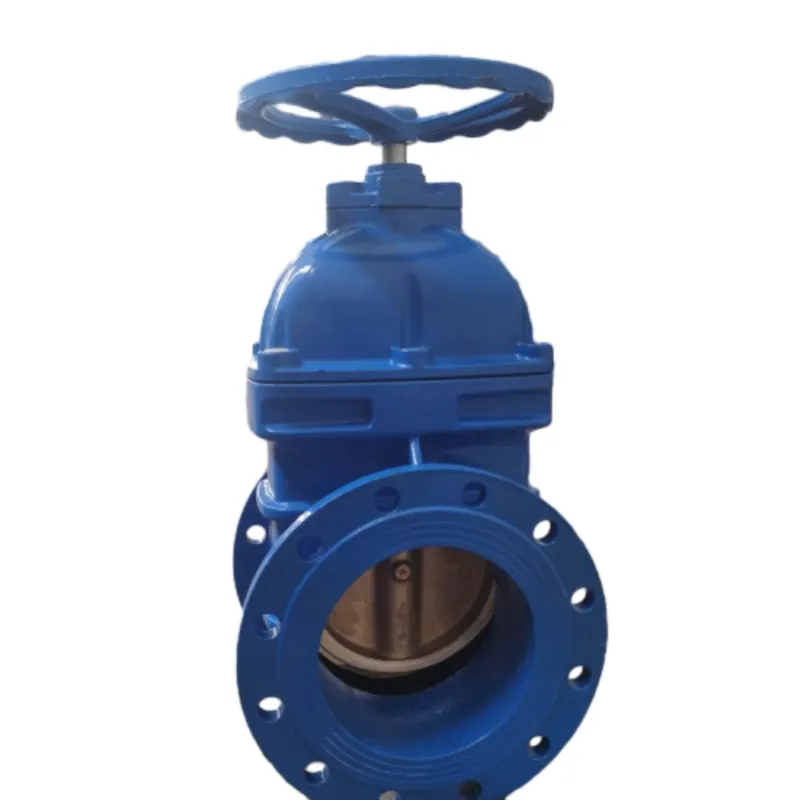Ara . 06, 2024 15:07 Back to list
How to Replace a Pressure Relief Valve on Your Water Heater Efficiently and Safely
Replacing the Pressure Valve on a Water Heater A Step-by-Step Guide
Water heaters are essential appliances in our homes, providing hot water for bathing, cooking, and cleaning. However, like all mechanical devices, they can develop issues over time. One common problem that homeowners may encounter is a faulty pressure relief valve. This component is vital for the safe operation of your water heater, as it prevents excessive pressure buildup. If you suspect that the pressure valve is malfunctioning, it is crucial to replace it promptly to avoid potential hazards. This article provides a comprehensive guide on how to replace the pressure valve on a water heater.
Understanding the Pressure Relief Valve
The pressure relief valve, also known as the T&P valve (temperature and pressure relief valve), is designed to release water and reduce pressure within the tank if it exceeds safe levels. This mechanism prevents explosive failures and protects the integrity of the water heater. Symptoms of a failing pressure relief valve may include water pooling around the valve or a constant dripping sound. If you observe these signs, it’s time to address the issue.
Tools and Materials Required
Before you begin the replacement process, gather the necessary tools and materials
- New pressure relief valve (ensure compatibility with your water heater model) - Pipe wrench or adjustable wrench - Teflon tape - Bucket or container (to catch any spills) - Rag or towel - Safety goggles and gloves
Step-by-Step Replacement Guide
1. Turn Off Power and Water Supply Safety is paramount when working with electrical appliances. If you have an electric water heater, turn off the power at the circuit breaker. For gas water heaters, set the thermostat to the ‘pilot’ position. Additionally, close the cold water supply valve to stop water from entering the tank.
replacing pressure valve on water heater

2. Drain the Water Heater To prevent spills and leaks, you will need to drain some water from the tank. Connect a garden hose to the drain valve at the bottom of the heater and direct it into a bucket or outside. Open the drain valve and allow water to flow until the tank is sufficiently drained. Open a hot water faucet in your home to enable proper drainage.
3. Remove the Old Valve Once the tank is drained, locate the old pressure relief valve. It is typically located on the top or side of the tank. Using a pipe wrench, carefully unscrew the valve counterclockwise. If the valve is stubborn and won’t budge, apply some penetrating oil, wait a few minutes, and try again.
4. Prepare the New Valve Take your new pressure relief valve out of its packaging. Apply Teflon tape to the threads of the valve to ensure a watertight seal. Wrap the tape in a clockwise direction, covering the threads adequately.
5. Install the New Valve Screw the new pressure relief valve into the tank by hand, turning it clockwise. Once it’s hand-tight, use the wrench to secure it further. Be careful not to overtighten, as this may damage the threads.
6. Reconnect the Water Supply Open the cold water supply valve gradually, allowing the tank to fill. Monitor the new valve during this process for any leaks. Once the tank is full, open a hot water faucet to expel any air trapped in the system.
7. Restore Power With the tank filled and free of air, turn the power back on at the circuit breaker for electric heaters or set the thermostat back to the desired setting for gas heaters.
8. Test the New Valve To ensure that the new pressure relief valve is functioning correctly, you may want to test it. This can be done by lifting the lever on the valve briefly, allowing it to release some water. If it seals properly and stops leaking after releasing, it’s functioning correctly.
Conclusion
Replacing the pressure relief valve on a water heater is a manageable DIY task that can save you money and ensure the safety of your appliance. By following the steps outlined above, you can confidently tackle this project. However, if at any point you feel uncertain, do not hesitate to contact a licensed plumber for assistance. Regular maintenance and timely replacement of faulty components will prolong the life of your water heater and provide peace of mind for years to come.
-
thread-plug-gauge-our-promise-of-measurement-excellenceNewsAug.22,2025
-
gauge-pin-class-reflecting-quality-legacyNewsAug.22,2025
-
check-valve-types-for-high-rise-buildingsNewsAug.22,2025
-
water-control-valve-for-irrigation-systemsNewsAug.22,2025
-
gate-valve-with-soft-seal-technologyNewsAug.22,2025
-
y-type-strainer-for-oil-and-gas-applicationsNewsAug.22,2025
Related PRODUCTS









